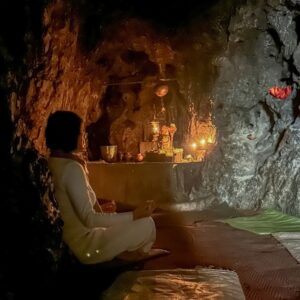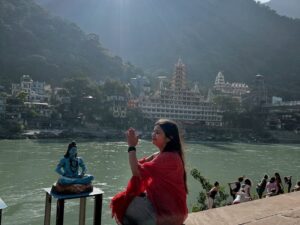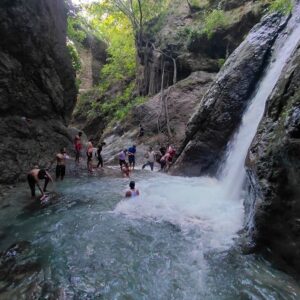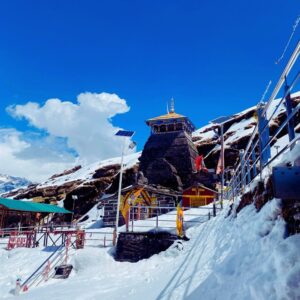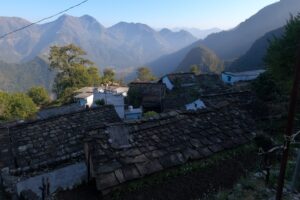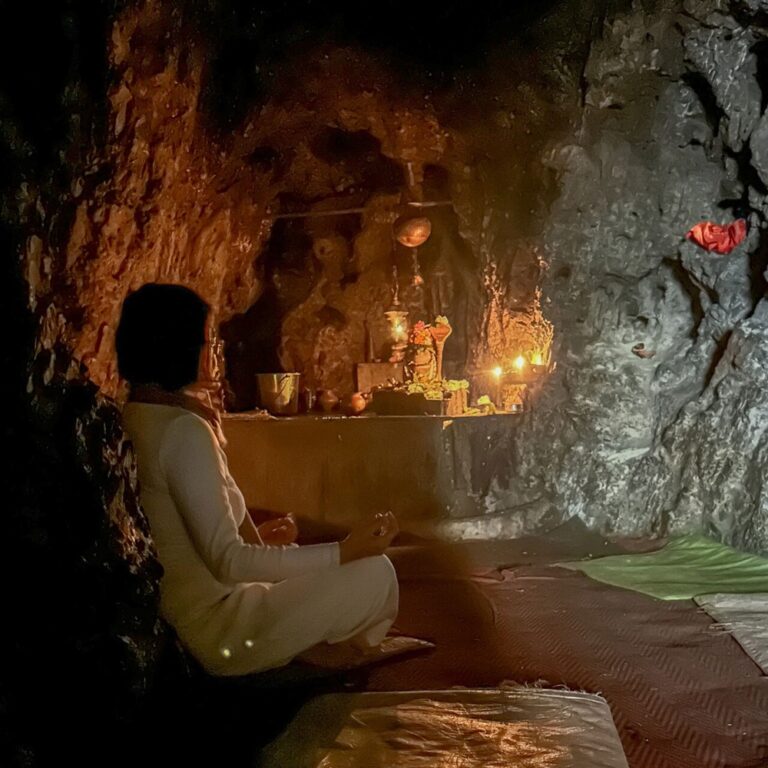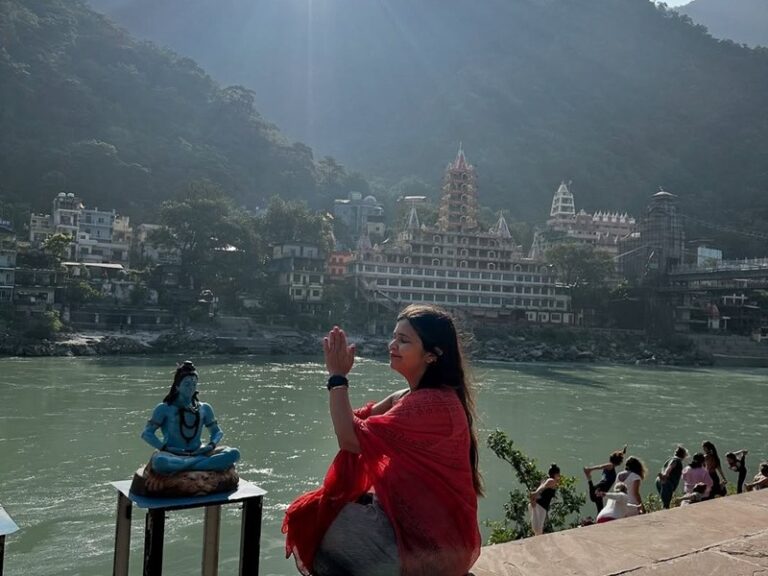Discover Kedarnath Uttarakhand India | Temperature Weather and Registration
Kedarnath Uttarakhand India is one of the sacred pilgrimage centers in Northern India The Kedarnath temple lies on the bank of the Mandakini river at an altitude of 3584 meters above sea level. The historical name of this region is “Kedar Khand”. Kedarnath temple is a part of Char Dhams and Panch Kedar in Uttarakhand and one of the 12 Jyotirlingas of Lord Shiva in India.
Shiva Temple
There are more than 200 shrines dedicated to Lord Shiva in the Chamoli district of Uttarakhand itself, with the most significant being Kedarnath. According to legend, after winning the Kurukshetra war against the Kauravas, the Pandavas felt remorse for killing their own kin and sought redemption from Lord Shiva. Lord Shiva, however, repeatedly eluded them and ultimately took refuge at Kedarnath in the form of a buffalo.
Suggested Read: Panch Kedar names & Yatra details of 5 Shiva Temples

Panch Kedarnath
As the Pandavas followed him, Lord Shiva dived into the ground, leaving his hump on the surface at Kedarnath. The other parts of Lord Shiva appeared at four other places and are worshipped as his manifestations. His arms appeared at Tungnath, his face at Rudranath, his belly at Madmaheshwar, and his locks with head at Kalpeshwar. Kedarnath and these four shrines are collectively known as Panch Kedar (Panch meaning Five in Sanskrit).
Re-built by Adi Shankaracharya
The Kedarnath Uttarakhand India presents a majestic sight. The temple perches in the middle of a wide plateau surrounded by lofty snow-covered peaks. Originally built in the 8th century A.D. by Jagad Guru Adi Shankaracharya, the temple stands adjacent to the site of an even earlier temple built by the Pandavas.
The inner walls of the assembly hall are with figures of various deities and scenes from mythology. Outside the temple door, a large statue of the Nandi buffalo stands guard.
Suggested Read: Kedarnath to Badrinath distance route, travel time, itinerary

Architecture: Kedarnath Temple
( Kedarnath Uttarakhand India )
Dedicated to Lord Shiva, the Kedarnath temple boasts exquisite architecture. Built of extremely large, heavy, and evenly cut grey slabs of stone, it inspires wonder as to how these massive slabs were transported and handled in ancient times. The temple features a Garbha Griha for worship and a Mandap, suitable for assemblies of pilgrims and visitors. A conical rock formation inside the temple is revered as Lord Shiva in his Sadashiva form.
Built of massive stone slabs atop a large rectangular platform, the Kedarnath temple is accessed via substantial grey steps leading to the Holy Sanctums. Inscriptions in the Pali language adorn these steps, adding to the temple’s historical significance. Inside the sanctum, the inner walls are adorned with depictions of various deities and scenes from Hindu mythology.
Kedarnath Jyotirlinga
( Kedarnath Uttarakhand India )
In Hindu tradition, Shiva manifests in the form of Jyotirlingam or the cosmic light. Among the 12 revered Jyotirlingas, Kedarnath holds a special place as the highest among them. Constructed over a millennium ago by Jagad Guru Adi Shankaracharya. This magnificent temple lies in the Rudra Himalaya range of Uttarakhand State. The temple stands proudly at an altitude of 3,581 meters. It requires a 16 km trek from the nearest point, Gaurikund, to reach the temple.
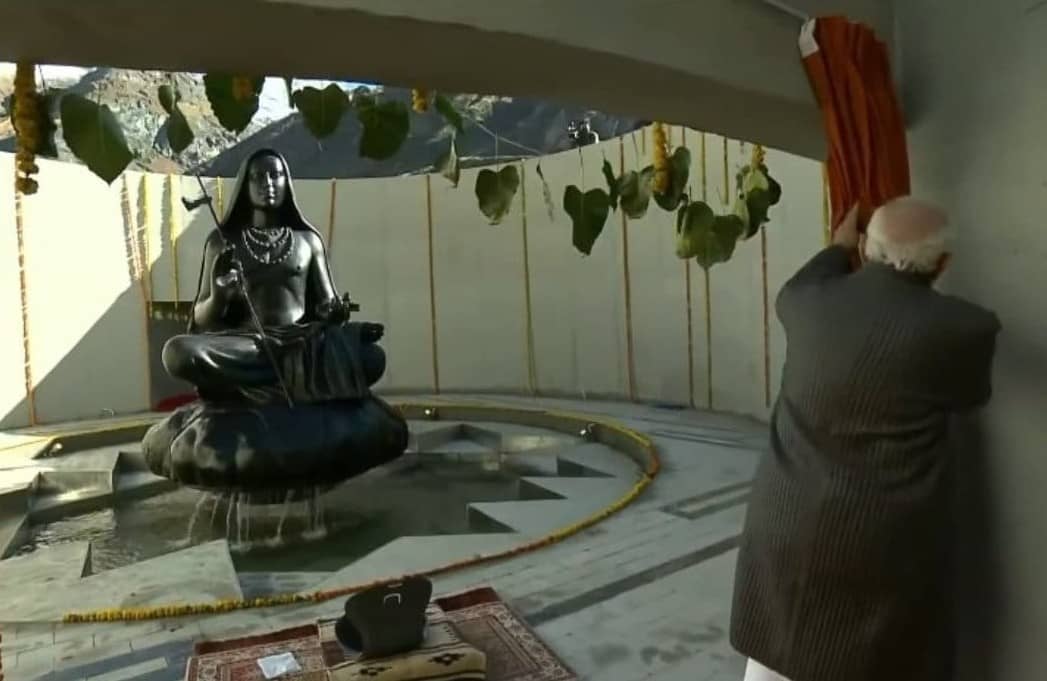
Kedarnath Temple History
( Kedarnath Uttarakhand India )
The origins of the Kedarnath temple can be traced back to the epic Mahabharata. Legend has it that after emerging victorious in the battle of Mahabharata against the Kauravas, the Pandavas sought the blessings of Lord Shiva to absolve themselves of the sins incurred during the war. Lord Shiva, however, evaded them repeatedly and ultimately took refuge at Kedarnath in the form of a buffalo.
Pursued by the Pandavas, he submerged into the ground at the spot where the Holy Sanctum now stands, leaving behind his hump on the surface, which is now visible. This hump, in the form of a conical rock formation inside the temple, is manifestation of Shiva in Sadashiva form. Priests and pilgrims perform pujas and Archanas to honor this manifestation. Additionally, a holy statue of Lord Shiva within the temple serves as the portable manifestation (Utsavar) of the deity.
Outside the temple entrance, a grand statue of the Nandi buffalo stands guard. Over the centuries, the temple has undergone continuous renovations to preserve its sanctity and grandeur.
Suggested Read: Badrinath Temple Timings: Schedule of Special Puja & Darshan
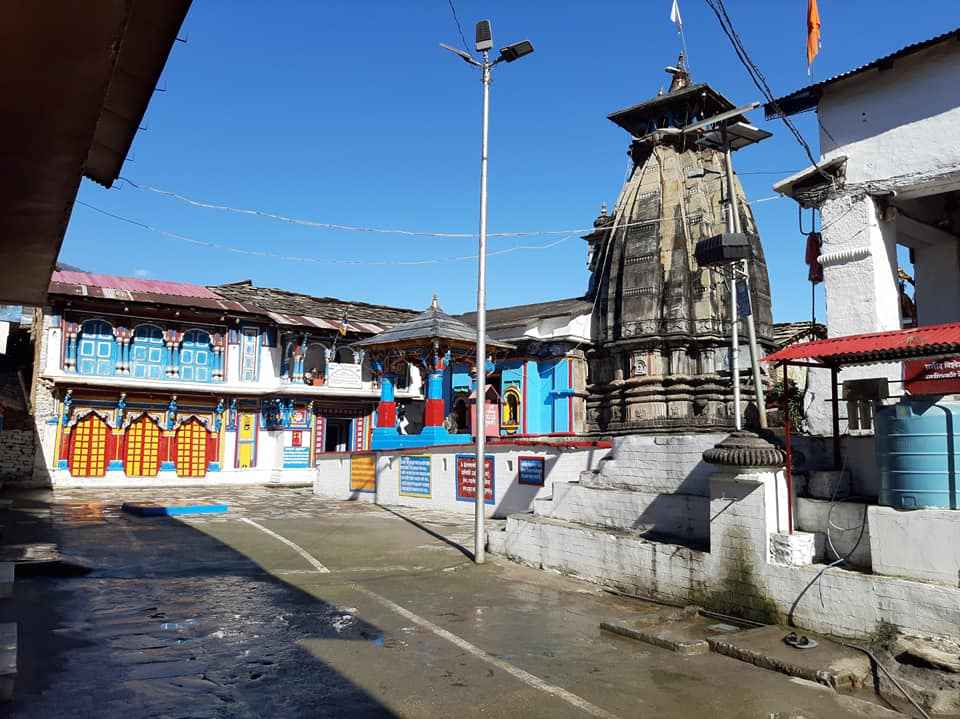
Ukhimath: Winter Home
Kedarnath Uttarakhand India experiences heavy snowfall during winter, often reaching several meters, enveloping the temple from November to April. Consequently, at the onset of winter, typically in the first week of November, an auspicious date announced in advance. The symbolic statue of Lord Shiva carries ceremoniously down from Kedarnath Uttarakhand India to Ukhimath, where it worships until May of the following year.
Then, in the first week of May, again on a predetermined auspicious date, the statue carries back from Ukhimath to Kedarnath Uttarakhand India and reinstates in its original position. This marks the time when the temple doors opens to pilgrims, drawing devotees from all corners of India for a sacred pilgrimage. The shrine usually closes on the first day of Kartik (October-November) and reopens in Vaishakh (April-May) each year, following this annual ritual.
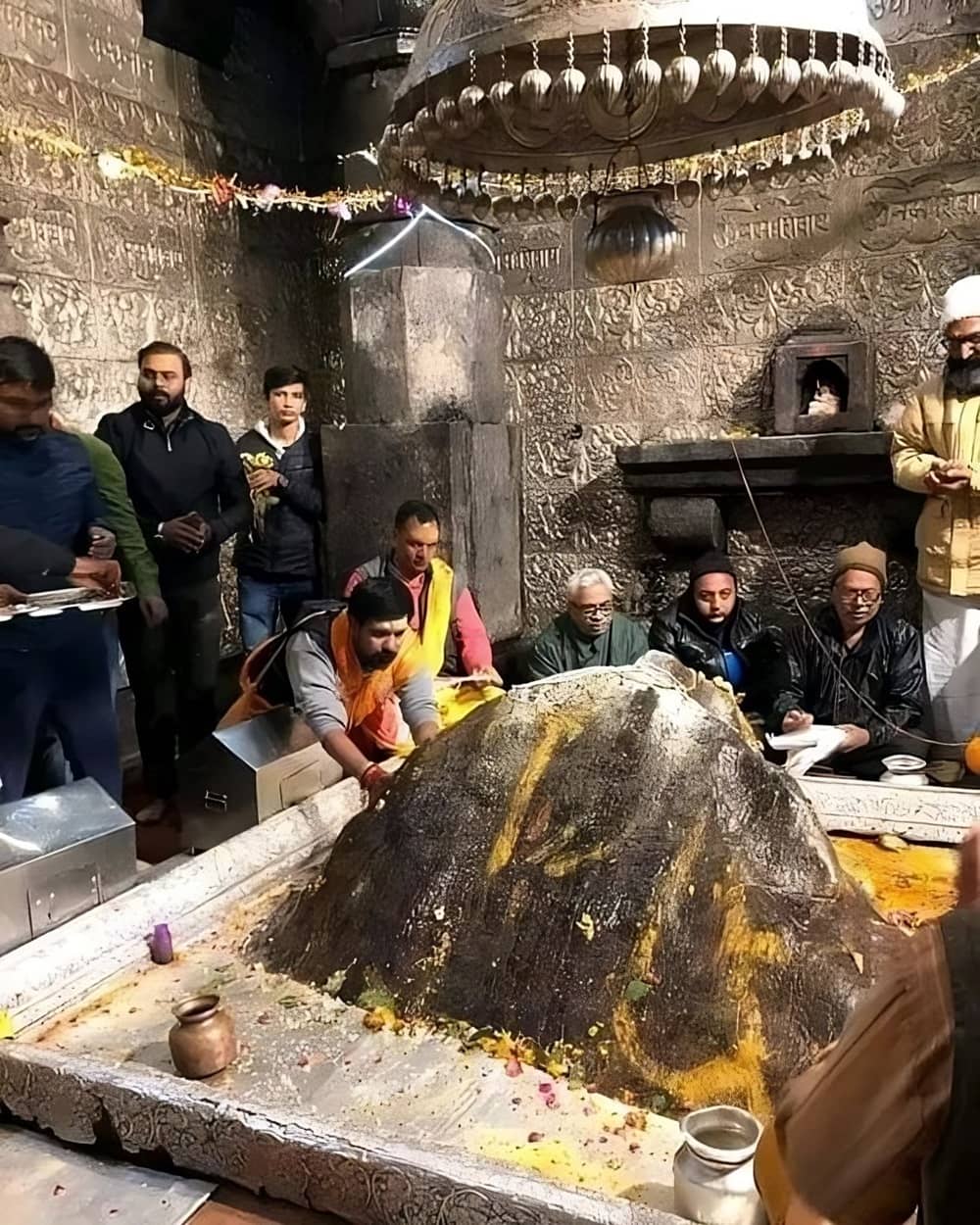
Kedarnath Temperature & Weather
The weather in Kedarnath Uttarakhand India varies across the seasons, influencing the best times for travel and pilgrimage:
Winter (October to April): Winters in Kedarnath Mandir offers chilly days, with temperatures often dropping to sub-zero levels. Snowfall is very common during these months, making travel challenging and less than ideal.
Summer (May to June): Summers in Kedarnath Mandir bring pleasantly cool weather. This season makes it an ideal time for sightseeing and embarking on the holy pilgrimage to Kedarnath Uttarakhand India. The climate is moderately cold during this period, offering comfortable conditions for travelers.
Monsoon (July to mid-September): The monsoon season in Kedarnath Uttarakhand India, spanning from July to mid-September, marks regular rainfall and a decrease in temperature. The region is susceptible to occasional landslides during this time, which can make travel difficult and potentially dangerous.
The holy city of Kedarnath is open to the public from May to October or November. However, the temple remains closed during the monsoon months due to the increased risk of landslides. This closure ensures the safety of pilgrims and visitors.
Overall, Kedarnath Mandir experiences pleasant and cool summers, while winters bring very chilly temperatures and frequent snowfall. It’s essential to plan your visit according to the season to ensure a safe and enjoyable experience in this sacred destination.

Accommodation: Kedarnath Uttarakhand India
For pilgrims visiting Shri Kedarnath Mandir and nearby areas, there are several accommodation options available:
- Dharamshalas: Various organizations offer dharamshalas with accommodation at nominal charges. These provide pilgrims with a place to stay while maintaining affordability.
- Accommodation at Nearby Places: Given the high altitude of Kedarnath Uttarakhand India, pilgrims have the option to stay at nearby locations and complete their Kedarnath darshan within a single day trip, facilitated by helicopter or pony rides. Here are some nearby places offering accommodation:
- Sitapur (near Sonprayag): It lies approximately 20 kilometers from Kedarnath Uttarakhand India. There are private hotels available in Sitapur, providing comfortable lodging options for pilgrims.
- BKTC Guest Houses at Sonprayag & Guptkashi: The BKTC (Badrinath-Kedarnath Temple Committee) offers guest houses at Sonprayag and Guptkashi. These guest houses provide pilgrims with convenient accommodation options, ensuring a comfortable stay during their pilgrimage journey.
FAQ
- Kedarnath Registration: It is Free online and Offline Rigistrations.
- Kedarnath to Badrinath distance is 211 km via Chopta & Mandal.
- Kedarnath to Badrinath road distance is 225 km via Rudraprayag.
- Kedarnath Helicopter Booking: Online Booking through IRCTC Website.
- Kedarnath by helicopter: there are packages offer by private Heli tour operators.
- Kedarnath from Haridwar: 240 km by road + 16 km trek.
- Kedarnath Height: 3584 meters above sea level.
- Kedarnath Distance: 16 km by trek from Gaurikund.
- Kedarnath Trek: Difficult trek , high-altitude path.
- Kedarnath Floods: It happens in 2013.
- Kedarnath from Rishikesh: 215 km up to Sonprayag.
- Kedarnath from Dehradun distance is 265 km by road or you can fly by helicopter.
- Kedarnath Yatra Registration: It is easy and can be done online and offline both.
- Kedarnath nearest railway station is Rishikesh Railway station.
- Kedarnath height in feet: Kedarnath temple height is 11,760
- Kedarnath Altitude: 3584 meters above sea level.
- Kedarnath registration fees: Free No Charge
- Kedarnath Route: Haridwar: Rishikesh – Devprayag – Rudraprayag – Guptkashi- Sonprayag- Gaurikund.
- Kedarnath Jyotirlinga: is the eleventh out of twelve Jyotirlingas of India.
- Kedarnath Shivling image: Click Here


